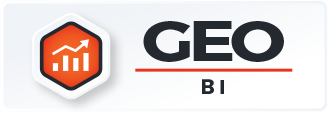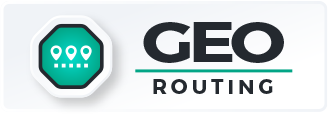Understanding your customers isn’t just about knowing who they are—it’s about understanding where they are, how they move, and how their environment shapes their decisions. Geo analytics takes traditional customer data and adds the crucial context of place. Instead of seeing raw numbers in a spreadsheet, businesses can see patterns on a map, unlocking insights that were previously invisible. This approach helps companies optimize everything from marketing campaigns to resource allocation, improving both efficiency and profitability. In today’s competitive markets, geo analytics is no longer optional—it’s essential for staying ahead.
Why Geo Analytics Matters
Geo analytics bridges the gap between customer data and business decision-making. By layering customer information with geographic and demographic context, businesses can uncover behavioral trends that would otherwise remain hidden. This could mean identifying which neighborhoods generate the highest sales, spotting underserved markets, or understanding how regional factors influence purchasing decisions. Unlike traditional analysis, which stops at the “what,” geospatial analytics answers the “where” and “why.” For customer-focused industries like retail, healthcare, and service businesses, this makes geo analytics a game-changer.
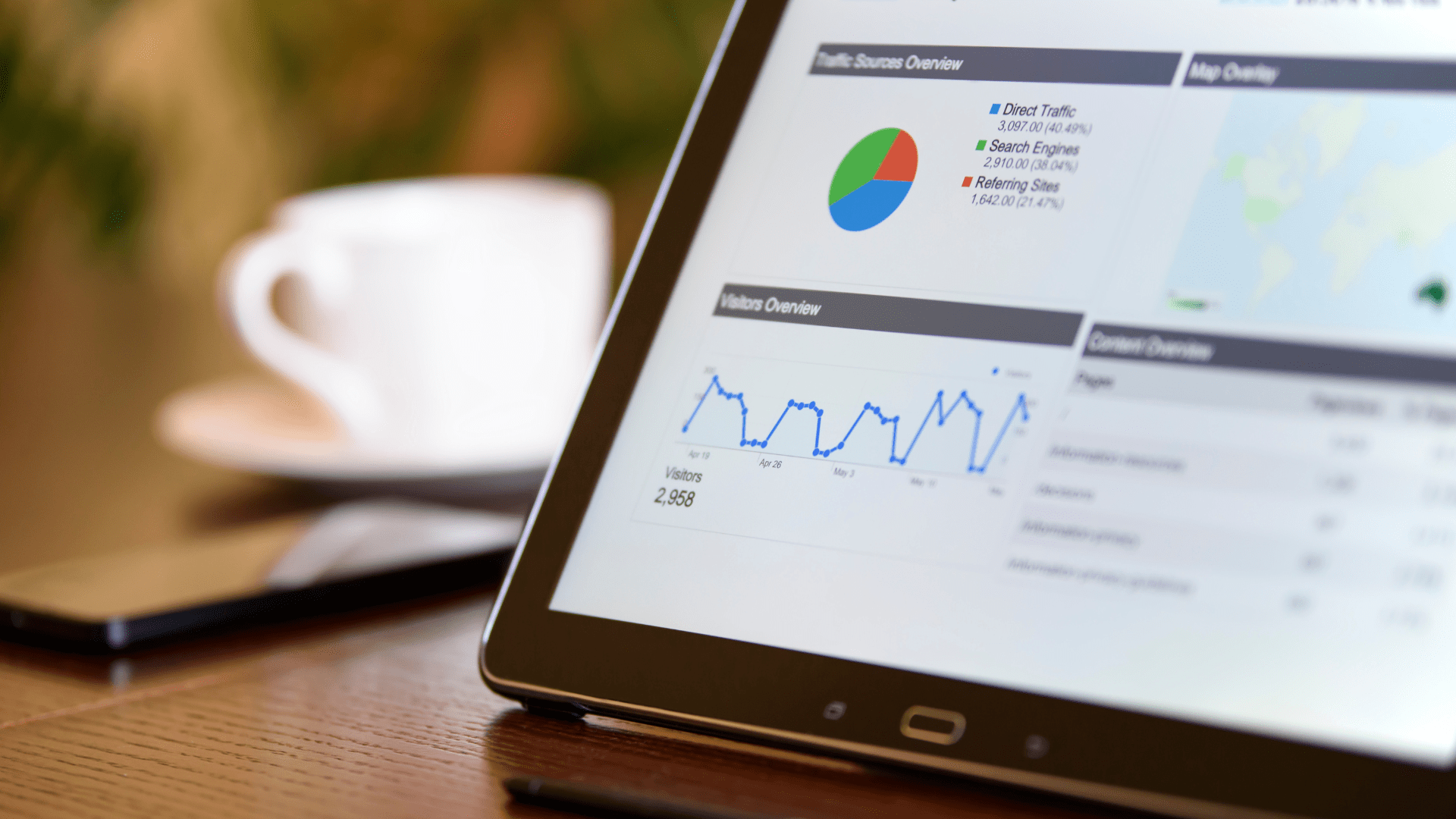

Pro Tip: Use Mapline’s demographic overlays to add depth to your customer heat maps. By combining purchase data with income levels, age groups, or population density, you can uncover hidden growth opportunities. Get started with Mapline’s Geo BI features and upgrade as your needs grow.
Key Customer Insights Revealed by Location Analytics
The real power of geoanalytics lies in its ability to surface actionable insights that directly tie to business performance. By combining customer data with spatial analytics, businesses can go far beyond basic demographics. They gain a multi-dimensional view of their market that drives more informed, confident decision-making. Here are some of the most impactful insights geo analytics reveals about customer behavior:
Purchase Trends by Location
Location-based analytics can quickly highlight where purchases are concentrated and which regions show higher sales activity. Businesses can then refine inventory management, adjust pricing, or focus marketing efforts in areas where demand is strongest. This helps maximize revenue while reducing waste from underperforming areas.
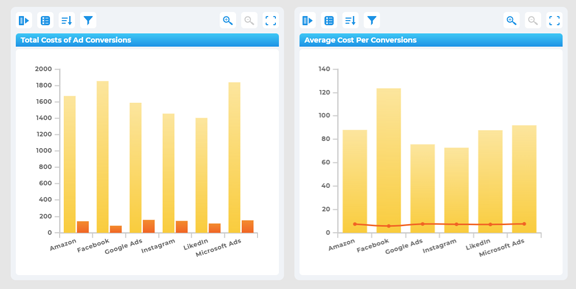
Customer Density and Market Saturation
By mapping customer addresses, companies can identify high-density clusters as well as regions with low penetration. This makes it easier to plan expansion, balance territories, and allocate resources effectively. Understanding market saturation also prevents businesses from over-investing in already crowded areas.
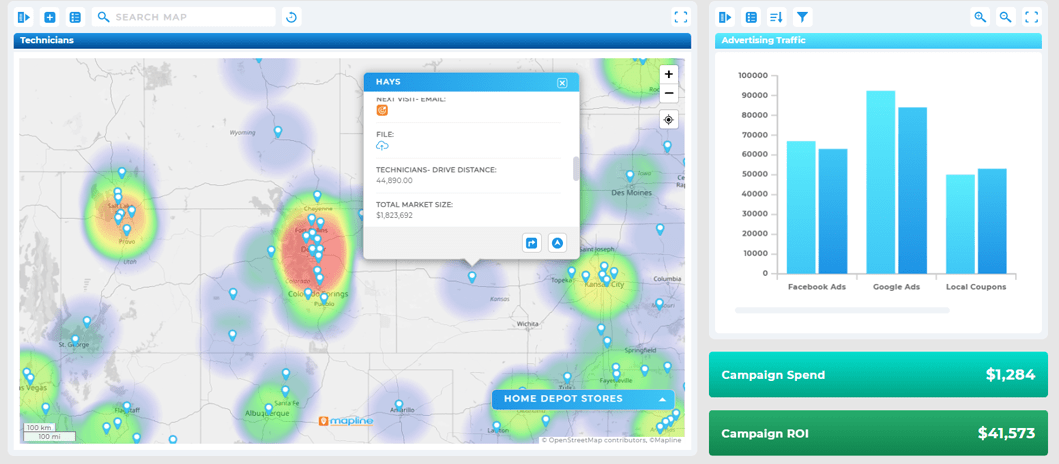
Travel Patterns and Service Radius
For service-based businesses, geo analytics helps determine how far customers are willing to travel. Mapping actual visit or delivery patterns reveals the real radius of influence around each location. This ensures businesses don’t overestimate reach and can better optimize placement of new stores or service hubs.
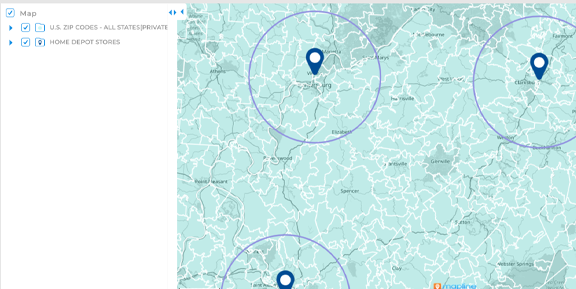
Demographics and Lifestyle Factors
Location intelligence software lets businesses overlay customer data with demographic and lifestyle information—such as income levels, age brackets, or household size. This deeper context allows for precise targeting of products, services, and campaigns that resonate with the right audience. It also helps identify untapped segments hiding in plain sight.
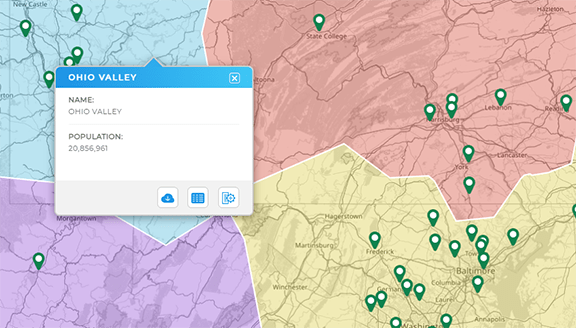
Competitive Landscape Impact
Geo spatial analytics not only shows where your customers are but also where your competitors operate. By mapping competitor locations against customer activity, businesses can see how market overlap affects performance. This makes it easier to defend profitable territories and identify opportunities for growth.
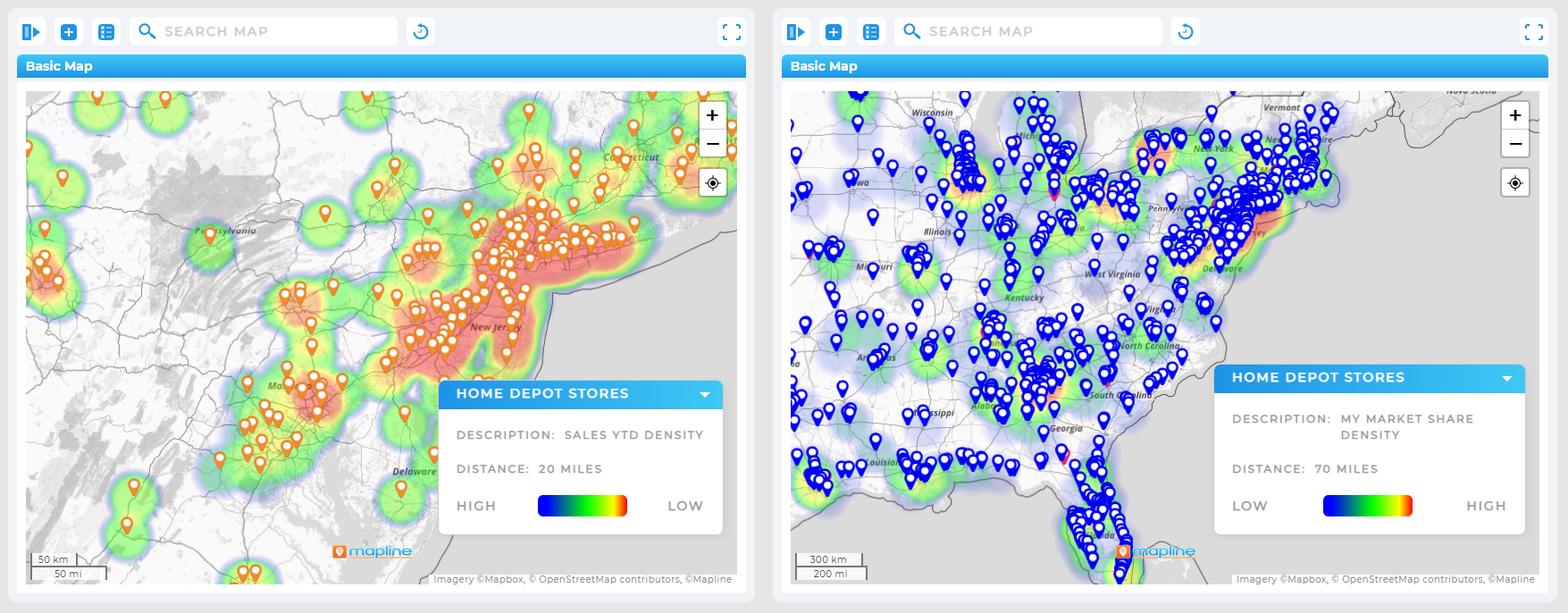
Geospatial Analytics in Retail and Beyond
Retail store analytics is one of the most common use cases for geo analytics, but it doesn’t stop there. Healthcare providers use it to plan clinic locations, delivery services rely on it to optimize routes, and marketing agencies harness it to target campaigns with pinpoint accuracy. For franchises, geo analytics helps balance territories and avoid cannibalization. For logistics, it supports smarter routing and cost reduction. No matter the industry, the principle is the same: data becomes exponentially more valuable when tied to geography.
Why Mapline Leads in Customer-Focused Geo Analytics
Many location intelligence companies promise insights, but Mapline delivers them in the simplest, most actionable way. With Mapline, you don’t need a GIS background to unlock powerful location data analytics. Our geo mapping software integrates with Excel uploads, CRM exports, and territory planning workflows to provide instant clarity. Competitors like Tableau and Power BI may require steep learning curves or custom integrations, but Mapline is built for everyday business leaders who need fast answers. From location analytics tools to territory optimization, Mapline turns complex geo spatial data analysis into decisions you can act on immediately.
Geo analytics combines location data with business intelligence to reveal patterns in customer behavior, market performance, and resource allocation.
It shows where customers live, shop, and engage, making it easier to spot trends, identify underserved markets, and optimize outreach strategies.
Retail, healthcare, logistics, field services, and franchises all use geo analytics to align operations with real-world geography.
Mapline is built for simplicity and speed. Unlike complex GIS systems software or enterprise platforms that require technical teams, Mapline makes spatial analytics accessible to business leaders without specialized training.
Yes—Mapline allows you to upload spreadsheets, CRM exports, or territory files to instantly create geo visualizations.
GIS systems often require specialized training and complex setups, while geo analytics tools like Mapline focus on making location intelligence simple, visual, and business-ready.
Absolutely. Even small businesses benefit from seeing where customers are concentrated, identifying growth zones, and avoiding wasted resources in low-performing areas.






